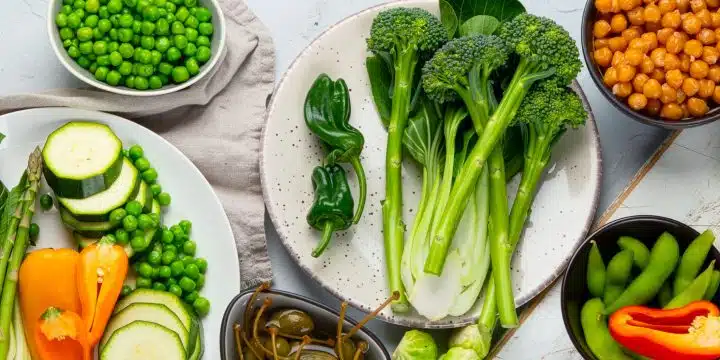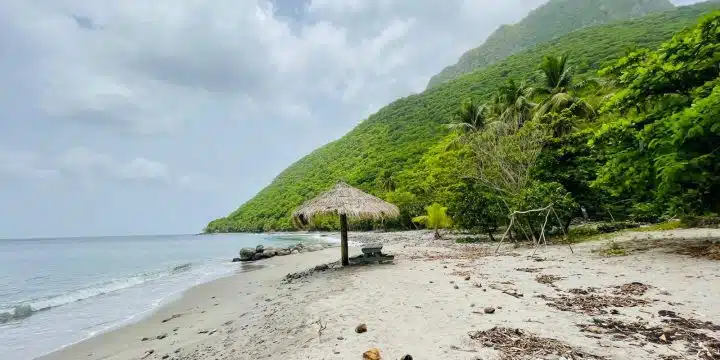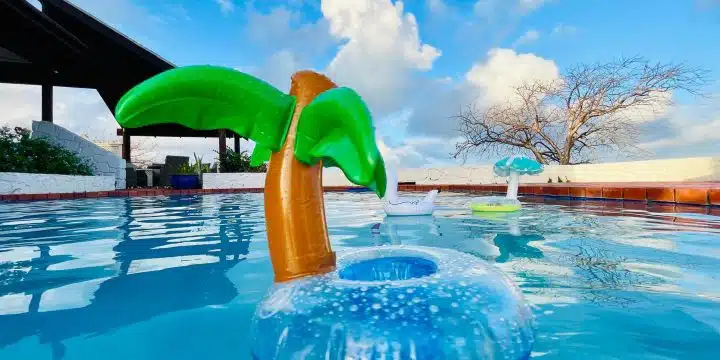
I am in St Lucia again.
This time I arrived here in early December, and through an exciting combination of intention and flight cancellations I am still here, only due to fly back to the UK at the end of May. In total, I will have been here for five months. In the last year I have spent almost a full nine months in St Lucia, and I have totally fallen in love with the place.
Last year (2020) I arrived in February, intending to stay only for a month to recover from a heart valve repair. This was quite a major operation, which left me weak and in need of gentle mind and body recovery time.

At the end of March 2020, with the then unknown time period and conditions of lockdown, I stayed in the country and took a repatriation flight back to the UK in early June.
During my extended recovery time I practiced yoga daily, overlooking mango trees, the Caribbean Bay with Pigeon Island to the right and Mount Pimard to the left. I improved my lungs with singing lessons on WhatsApp and yoga practice on the terrace, as well as regular walks and hikes, and swimming five days a week. I healed incredibly quickly.

After the first month I stopped alcohol, and the health improvements came in leaps and bounds. I kept my diet simple; fruit and vegetables in season with a little quinoa, chia seed and locally-caught fish. I kept saying that the angels had sent me.
It was during this stay that I decided I wanted to write a book.
This idea was cemented during a trip to France. During a travel window in 2020, I took a week at Dave and Elizabeth’s ‘Art in Provence’ Les Bassacs, and then spent a week with friends in a nearby gite. A highlight of the second week was visiting the botanical gardens with their medicinal and edible herbs and plants. They were all labelled with their benefits and how to use them. I spend a wonderful few hours wandering around the layered gardens and drinking it all in.
I’m not particularly talented in the garden but I do have ‘green fingers’ and delight in the fruits of nature whether edible or not. I love the shapes and colours of flowers, their scent, and intricate patterns one couldn’t make up.

Whilst working redesigning a garden in St Lucia I worked with a young gardener Che. I asked him whether there was a health programme for Lucians, and what happened if you had an accident or were not well. I discovered that the hospitals were not free, and you had to pay, but he said mostly people used traditional medicine, that of nature and the wealth of plants growing ‘on your doorstep’. I realised that with the way ‘progress’ changes lives, many people didn’t know or had forgotten about the nature’s healing powers, and their first port of call was the pharmacy.
I feel like we rely too much on pharmaceuticals as a society, and I’d like to give people the inspiration to explore alternative ways to treat common ailments, and perhaps to make the garden the first stop instead of the chemist.
The concept of my book is to share what I’ve learned about the many herbs, plants, fruits, trees, and grasses that are beneficial to our health, and to demonstrate how many of them are right on your doorstep.

I’d like to highlight just a few plants which treat common complaints, so that when you have an upset tummy, a headache, you are low in energy or need a mood lift, have a skin rash or itch, you are bloated, have gut issues, or aches and pains, you can find a plant near you that can help and support your health.
I have chosen just 20 plants to give you an idea of what may be ‘on your doorstep’, on your neighbours’ doorstep, or very close by.
Some plants need very little preparation: for example, in some cases picking the leaves, rinsing them, placing them in a jug/pot or cup, pouring on hot water and making a tea is enough to make the plant effective.
Some need a little more preparation: boiling, simmering, combining or pounding into a paste or blending and straining, resting or marinating.
In all cases, I have kept my recommendations simple and accessible.
Hibiscus

One of the first plants I was intrigued by was the Hibiscus growing around the pool in St Lucia. It’s beautiful full flower is visited regularly by the hummingbird, another of life’s miracles.
Hibiscus is a very hardy, versatile plant; it adapts itself easily to balcony gardens in crammed urban spaces and can be easily grown in pots. It is a perennial, flowers through the year, and comes in a variety of colours.
In China, it is known as the ‘shoe flower’ because they use the hibiscus flower to polish their shoes. It’s traditionally worn by Tahitian and Hawaiian girls. If the flower is worn behind the left ear, the woman is married or has a boyfriend. If the flower is worn on the right, she is single or openly available for a relationship. The yellow hibiscus is Hawaii’s state flower.
Aside from the rich symbolism, the plant has a huge number of health benefits, and a wide range of uses.
It’s widely used in skincare products as hibiscus contains gentle acids that have a mild exfoliating effect on the skin. The natural acids present in hibiscus help to purify your skin by breaking down dead skin and increasing cell turnover.
According to the Zoe Report, “Hibiscus has great anti-aging benefits because it maintains elastin in the skin by decreasing the activity of elastase, an enzyme that breaks down our skin’s natural elastin,”
The leaves, when soaked and sieved, can be used as a shampoo, leaving hair silky and shiny.
The leaves also make a wonderful tea. Hibiscus tea is well known for its red colour, tartness and unique flavour. It is also highly nutritious because of its vitamin C content, and it’s been claimed that it can lower blood pressure.
In Cambodia, they make a cold drink by steeping the petals in hot water, then adding lime juice (which turns it bright red), sweeteners like honey, and ice cubes.
It’s worth mentioning that you shouldn’t drink too much hibiscus tea. One of the most common side effects of overconsumption is dizziness and fatigue, as a result of fluctuations in your blood pressure.
I have made and used the shampoo and tea and worn a flower in my hair.
Here on the island I feel totally blessed. I really feel that am here for a reason, to explore the gifts of nature in this lush and tropical paradise and to share them with the world.
More to come on other plants and also my book.
With much love,
Geraldine
Share this post


